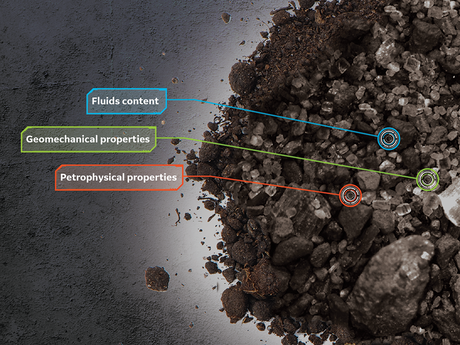Highlights
Benefits
- Facilitates informed reservoir development decision by analyzing cuttings
- Identifies optimal landing zones and missed pay zones
- Distinguishes between productive and unproductive intervals
Applications
- Wells with complex hydrocarbon systems
- Lateral characterization
- Fracture and fault detection
Reservoir fluid analysis is critical for understanding oil migration occurrences and variable reservoir characteristics when designing a field development plan. Volatiles Analysis Service (VAS) from Baker Hughes can distinguish productive and less-productive zones, as well as provide a qualitative assessment of water saturation. The service also provides estimates for ultimate recovery (EUR). VAS measurements deliver valuable insights about the hydrocarbon migration history that are used to map present vs. historical hydrocarbon accumulation and oil-water contacts, identify compartmentalization, and detect a well’s proximity to a pay zone – key information that helps operators optimize drilling and completion decisions to enhance reservoir production.
VAS identifies landing zones from pilot hole cuttings and characterizes the lateral to aid efficient completion strategies. Core extractions can be used to conduct the same analysis.
A cost-effective supplement to conventional formation evaluation (FE) methods, VAS is also effective in extreme well conditions, such as high-pressure/high-temperature (HP/HT) or where downhole technologies are limited or have failed and conventional methods cannot be used.
Contact your local Baker Hughes representative about how VAS can help you understand oil migration and reservoir characteristics so you can successfully design a field development plan.


